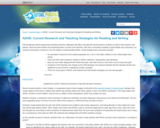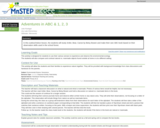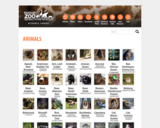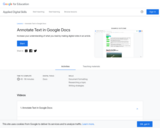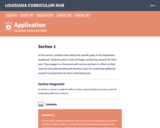
Why do Greek myths continue to be relevant and popular today? In this module, students meet figures from ancient Greek mythology who are placed in a contemporary setting and evaluate how stories from a different time and place continue to resonate.
Students begin Unit 1 by launching their reading of The Lightning Thief. Students analyze how the author develops the point of view of the narrator, and then strategize to determine the meanings of unfamiliar words and phrases, including figurative language. In the second half of Unit 1, students prepare for a Socratic Seminar discussion by analyzing how Percy, the main character, responds to challenges. They create discussion norms to have productive text-based discourse about the novel. Theme is also introduced in the second half of the unit in preparation for Unit 2.
In Unit 2, students continue to read The Lightning Thief, some parts in class and others for homework. They analyze the Greek myths highlighted in the novel and compare themes and topics in the Greek myths with those evident in The Lightning Thief. In the second half of the unit, students write a literary analysis essay using the Painted Essay® structure, comparing and contrasting the treatment of events in the movie The Lightning Thief with the same events in the novel.
In Unit 3, students reimagine a scene from The Lightning Thief, writing themselves into the action as a different demigod from Camp Half-Blood. They research a Greek god of their choosing (or another traditional figure for those who don’t feel comfortable imagining themselves as a child of a Greek god) and use their research to create a new character, the child of that figure. Students develop the attributes of that character and strategically insert the character into a scene from the novel, editing carefully so as not to change the outcome of the story. At the end of the module, students create a presentation outlining their choices and reasoning for the performance task.
- Subject:
- English Language Arts
- Material Type:
- Module
- Unit of Study
- Provider:
- EL Education
- Date Added:
- 05/17/2024
